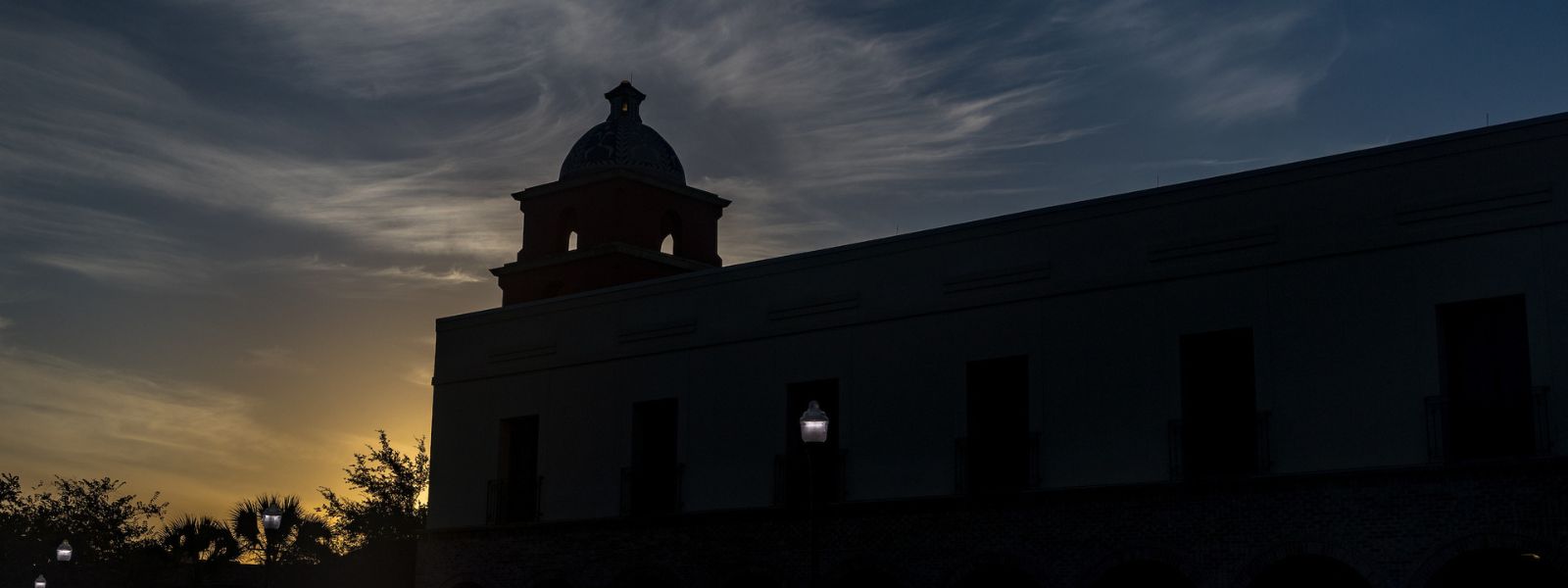
History Faculty Publications and Presentations
Document Type
Book Chapter
Publication Date
1-2019
Abstract
In 589, Reccared, king of the Visigoths in Spain, converted from Arian to Catholic Christianity. Arianism was banned, and after a brief period which saw the repression of rebellions, eliminated from the kingdom. All Goths were required to become Catholic. This watershed in Visigothic history both necessitated and facilitated a renegotiation of the parameters of Gothic identity. The entire kingdom was affected: the ruling Visigoths, the small population of recently conquered Sueves, and the Hispano-Romans who were left under the rule of the Goths when the Western Roman Empire fell apart.[1] This Roman population also included some Jews. While the Catholic Romans—the majority—now shared a common faith with their rulers and could therefore better assimilate with them, the Jewish Romans did not, and could not.
In this paper, I will trace the process by which the Catholic Romans came to be identified as Goths after 589 and show how the rise of anti-Jewish legislation paralleled this phenomenon. While this observation is neither new nor particularly surprising—or perhaps because it is not—the precise dynamics of this process have been relatively unexplored. As a result, the process has been misunderstood as a shift from ethnic to religious identification or as the beginning of virulent anti-Semitism that foreshadows later persecution in the Inquisition and the expulsion of Jews in 1492. Interpretations of the ‘othering’ of Jews can be shaped by contemporary concerns as much as—if not more than—by a balanced assessment of the early medieval period. For example, in the nineteenth century, Marcelino Menéndez Pelayo wrote a history that depicted an unbroken inheritance from the Visigoths to contemporary Spaniards. He equated modern Spanish identity with Gothic Catholic identity and used it to justify the exclusion of Jews and Muslims from the country in his own day.In this vein, I suggest that a careful look at the language in which Gothicness was expressed throughout the pivotal seventh century and the consequences of this language for Jewish identity reveals a shift in political, ethnic, and religious meanings that seems in many ways to not really be about the Jews at all.
Recommended Citation
Buchberger, Erica. “Gothic Identity and the ‘Othering’ of Jews in Seventh-Century Spain.” In Inclusion and Exclusion in Mediterranean Christianities, 400-800, edited by Yaniv Fox and Erica Buchberger, 199–216. Cultural Encounters in Late Antiquity and the Middle Ages. Turnhout: Brepols, 2019. https://doi.org/10.1484/M.CELAMA-EB.5.116685.
Creative Commons License

This work is licensed under a Creative Commons Attribution-NonCommercial 4.0 International License
First Page
199
Last Page
216
Publication Title
Inclusion and Exclusion in Mediterranean Christianities, 400-800
DOI
10.1484/M.CELAMA-EB.5.116685


Comments
Original published version available at https://doi.org/10.1484/M.CELAMA-EB.5.116685